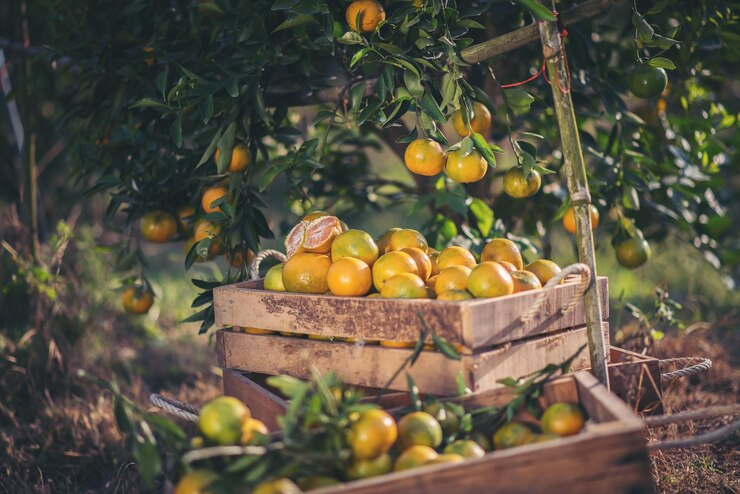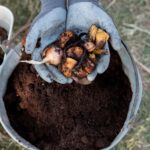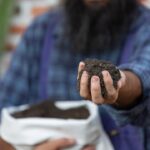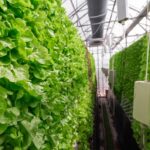Post-harvest treatment for citrus fruits is a crucial step in ensuring that fruits reach consumers in the best possible condition. Proper handling after harvest not only preserves freshness and nutritional quality but also reduces losses caused by decay, pests, and mechanical damage. Whether you are a commercial grower, packer, or small-scale farmer, understanding the best practices in post-harvest treatment can significantly improve the marketability and shelf life of citrus fruits like oranges, lemons, limes, and grapefruits.
Immediately after harvesting, citrus fruits are highly vulnerable to physical damage and microbial infection. The first step in post-harvest treatment is careful handling to avoid bruising and cuts. Fruits should be picked with care, avoiding excessive force, and placed gently into containers to prevent mechanical injury.
Washing is typically the next stage, removing dirt, field heat, and pesticide residues. Using clean, cool water with a mild disinfectant such as chlorine or peracetic acid helps reduce microbial contamination. It’s important that washing water is changed regularly to maintain hygiene and prevent cross-contamination.
After washing, drying the fruits is essential to prevent fungal growth. This can be done by air drying or using drying tunnels. Proper drying reduces surface moisture that can promote decay during storage.
Application of fungicides is a common post-harvest treatment to protect citrus fruits from common diseases like green mold (caused by Penicillium digitatum) and blue mold (Penicillium italicum). Fungicides must be applied carefully and according to safety regulations, ensuring residues are within acceptable limits for consumer safety.
Waxing is another popular post-harvest treatment that enhances the appearance of citrus fruits by providing a glossy finish and sealing the fruit surface. Wax coatings also reduce moisture loss, slowing down dehydration and shrinkage, thus prolonging shelf life. Both natural and synthetic waxes are used commercially, and proper application techniques are necessary to avoid blocking the fruit’s natural respiration.
Temperature management is critical after harvest. Citrus fruits are best stored at temperatures between 4°C and 10°C (39°F to 50°F) with relative humidity around 85-90%. These conditions slow down metabolic processes, reduce decay, and help maintain firmness and flavor. Proper ventilation during storage prevents the buildup of gases like ethylene that can accelerate ripening and spoilage.
Packaging also plays a key role in post-harvest treatment. Using materials that provide cushioning protects fruits during transportation, while perforated plastic films or vented boxes allow for air circulation to maintain quality. Modern packaging solutions may include modified atmosphere packaging (MAP) that adjusts oxygen and carbon dioxide levels to extend shelf life further.
Finally, regular monitoring during storage and transport is vital. Inspect fruits for signs of decay or damage, and remove affected fruits promptly to avoid spreading infections.
Implementing effective post-harvest treatments helps reduce losses, maintain fruit quality, and ensure that citrus fruits reach consumers fresh, flavorful, and safe to eat. With proper care from harvest to market, farmers and distributors can maximize profits and satisfy customers in competitive markets.
Join 'Farmers Mag' WhatsApp Channel
Get the latest Farming news and tips delivered straight to your WhatsApp
CLICK HERE TO JOIN






